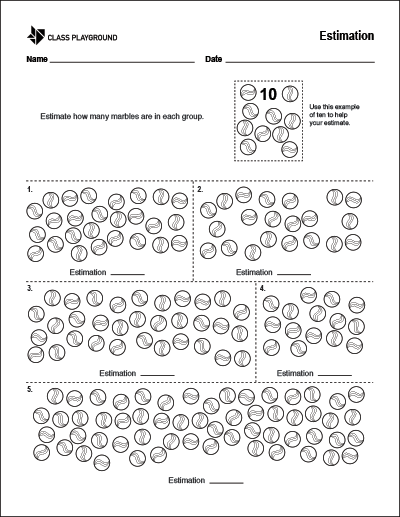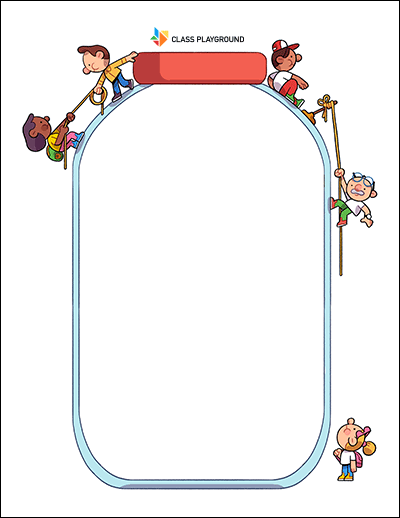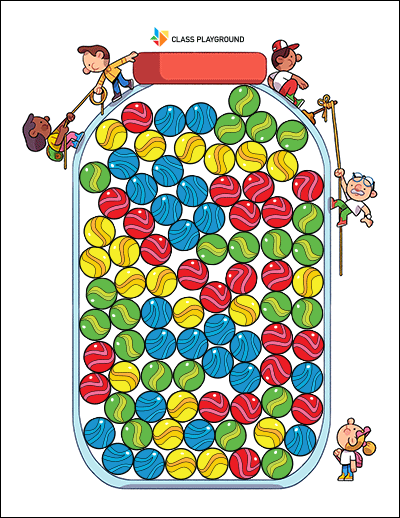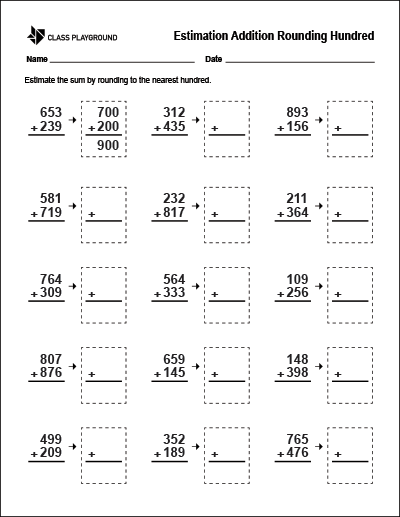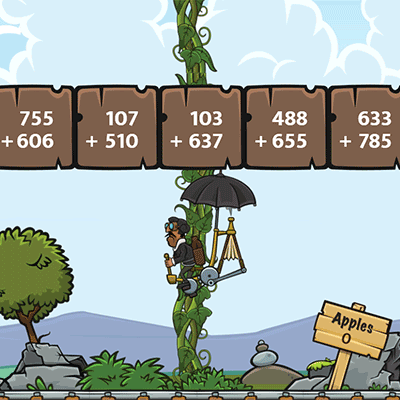What is Estimation?
Estimation is a high-level thinking skill that involves making an educated guess about the value, number, quantity, or extent of something. This skill is often used for quick problem-solving or to determine if an answer is reasonable. It’s important to explain to students that estimation isn’t about getting an exact answer but finding a number that is close enough to the correct answer.
Why Teach Estimation?
Since many mathematical activities require precise answers, estimation can be a challenging concept for young students. However, it’s a vital skill in everyday life and helps students develop their numerical understanding and mental calculation abilities. The key is to make students understand that estimation is useful when an answer that’s “good enough” will suffice.
Language
When teaching estimation, vocabulary like ‘exact,’ ‘guess,’ ‘reasonable,’ and ’rounding’ are beneficial. Encourage students to identify situations where they are asked to estimate, such as how long a trip will take, how much homework they have left, or how much soda should be bought for the weekend.
Strategies for Teaching Estimation
Estimation is an integral part of mathematics and everyday life. It helps students develop number sense, understand numerical relationships, and make mathematical computations more manageable. Here are three common and effective strategies for teaching estimation to students:
- Rounding Method: This is the most conventional method used for estimation. In this approach, students round numbers up or down based on the digit to the right of the digit being rounded. The basic rule of rounding is that if the digit to the right is 5 or more, we round up, and if it’s less than 5, we round down. For example, consider the number $327. If we’re rounding to the nearest tens place, we look at the digit to the right of the tens place, which is 7. Since 7 is more than 5, we round up the tens place digit (2) by one, making it 3. So, $327 rounded to the nearest tens place is estimated as $330.
- Front-End Method: This method is particularly useful for quickly estimating large numbers, especially when the numbers have the same number of digits. The front-end method involves keeping the first digit (leftmost) and replacing all the other digits with zeros. For instance, consider the numbers 1565 and 9011. Using the front-end method, 1565 can be estimated as 1000, and 9011 can be estimated as 9000. So, 1565 + 9011 can be estimated as 1000 + 9000, which equals 10,000.
- Clustering Method: This method comes in handy when the numbers being added or multiplied are close in value to one single number that ends in zero. The idea is to cluster or group the numbers around a common value that is easy to calculate with. For example, consider the numbers 49, 53, 47, 48, and 55. All these numbers are close to 50, so we can estimate each as 50. Therefore, the sum of 49 + 53 + 47 + 48 + 55 can be estimated as 50 + 50 + 50 + 50 + 50, which equals 250.
Activities
- Shopping Exercise: Have students “go shopping” using newspaper circulars or online. Give them a set amount of money and ask them to estimate their purchases without using calculators or noting down exact amounts. This activity can help students understand the importance of estimation in everyday life.
- Snack Division: Provide a snack that needs to be divided among the class within a limited time. This encourages students to estimate rather than count each piece, thereby improving their estimation skills.
- Event Planning: Let students plan an event, like a party, and create a shopping list based on the estimated number of attendees. Discuss what they would do if too few or too many people show up. This activity can help students understand the role of estimation in planning and organizing events.
- Estimation Jars: Fill equal-sized jars with different items and ask students to guess which jar contains “10,” “50,” or “100” items. This activity can help students improve their ability to estimate quantities.
- Container Filling: Bring in a large container and ask students to guess how many items (like pebbles or tennis balls) it will take to fill the container. This activity can help students understand the concept of volume and improve their estimation skills.
- String Measurement: Give students string and ask them to cut a piece that is as long as they are tall without measuring. This activity can help students understand the concept of length and improve their estimation skills.
- Travel Time Estimation: Ask students to guess how long it would take to travel to various points around the country or world. Then, use Google Maps to check their estimates. This activity can help students understand the concept of distance and time, and improve their estimation skills.

